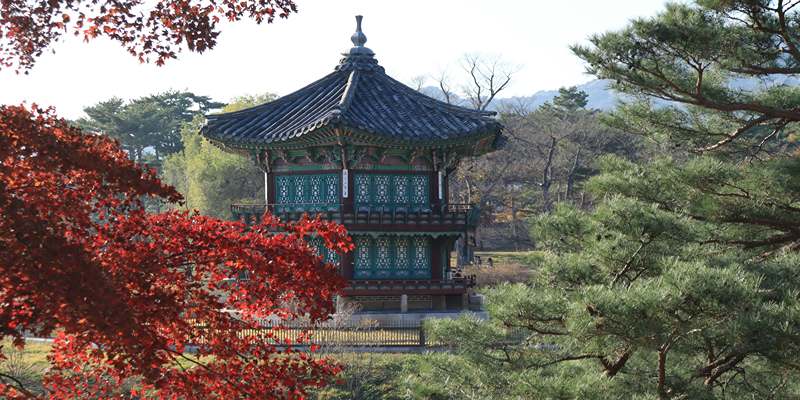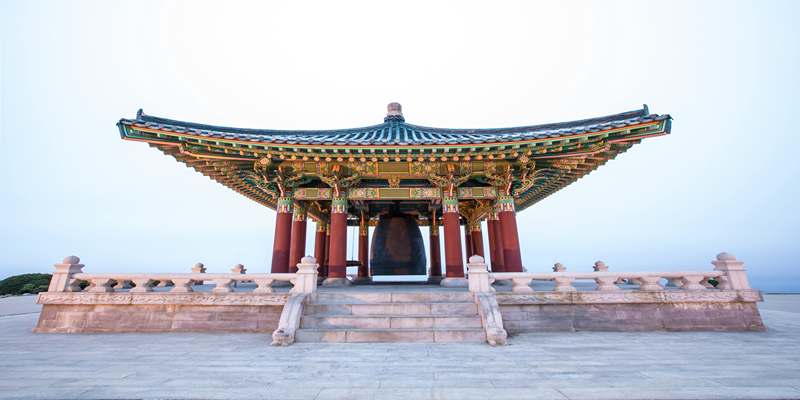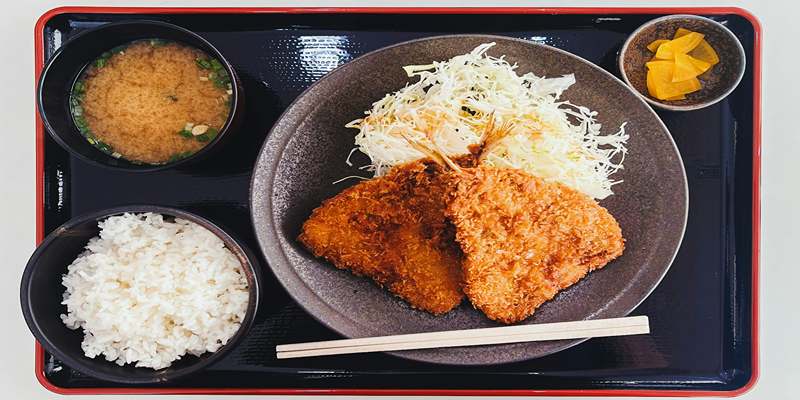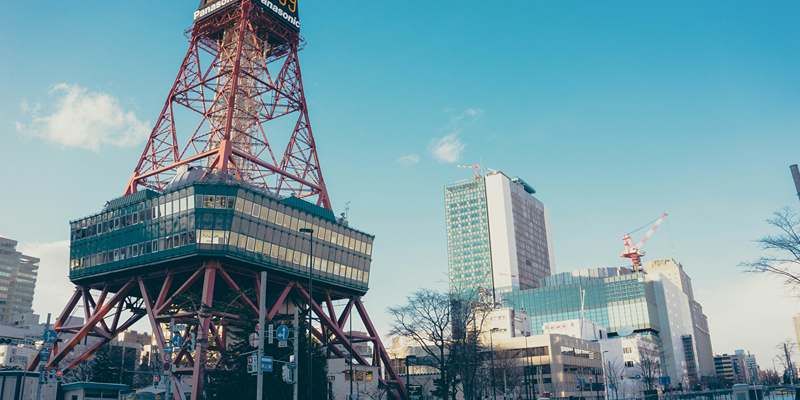A visit to South Korea is enjoyable, as it brings together bright culture, great foods, and warm people. Still, knowing a few simple Korean expressions can help you have a better time traveling in the country. Using a few Korean phrases when you talk, shop, or communicate will be appreciated by locals and will also improve your trip. Even if you don’t know how to read the Korean alphabet, studying some phrases written in Roman letters is extremely helpful. This guide covers the top 10 words and phrases you should know in Korean and offers hints on saying them and using them out in public. We’ll look at these main expressions to help you feel confident during your visit to Korea.

Basic Greetings and Polite Expressions
Saying Hello and Goodbye
A polite greeting should be one of the first expressions you try to learn in Korean. Use the phrase “안녕하세요” (Annyeong haseyo) when trying to politely say “Hello.” If people are comfortable, one person will say goodbye to the other with “안녕히 계세요” if staying and “안녕히 가세요” if they are leaving. Such phrases are pretty common in shops, hotels, and during meetings with others. If you are chatting with friends in an easy-going setting, you can say “안녕” (Annyeong) for both hello and goodbye. When you are able to greet locals, you can begin talking in a friendly atmosphere and follow the cultural norms of the area.
Expressing Gratitude and Apologies
Being polite in Korea involves showing gratitude and apologizing. While Gamsahamnida is used in formal settings, Gomawoyo is a more relaxed expression for thanking someone. You can use these expressions when someone offers you help, food, or service. For formal situations, apologize by saying “죄송합니다,” and for less serious ones, use the phrase “미안해요.” They help a lot when exploring in foreign places, seeking guidance, or making a mistake. Being nice in Korean helps you win the approval of Koreans. Politeness, which is valued in Korea, will help you when you arrive in this respectful country.
Yes, No, and Excuse Me
Sometimes, all it takes is making simple statements and breaking in gently to assist someone. Pronounce “네” when saying “Yes,” and pronounce “아니요” if you say “No.” Sometimes you should say “실례합니다” (Sillyehamnida) to call for someone’s attention; this means you are asking for their attention politely. This applies to situations in public places, stores, and when you ask others things. If you unexpectedly knock into a person, saying “죄송합니다” is also a good idea. They may be short, but they help a lot when you have to talk to others in crowded areas like stations or markets. Knowing the polite ways to say yes or no will help you deal with any situation quickly and correctly in Korea.
Essential Phrases for Dining and Shopping
Ordering Food and Drinks
There is a wide variety of food in Korean culture, so being able to place an order is necessary. To request it, say “이거 주세요” while pointing out what you want on the menu. In Korean, you can say “이게 뭐예요?” or simply, “What is this?” When you would like to have water, use the phrase “물 주세요.” Some easy Korean phrases help you enjoy your meals when you travel to Korea. Banchan (shared side dishes) are often part of a Korean meal, and people appreciate it if you say “맛있어요!” (Masisseoyo!) for “It’s delicious!”

Asking for Prices and Making Purchases
We enjoyed shopping in the markets and souvenir areas in Korea. If you wish to know the price, say “얼마예요?” (Eolmayeyo?) or ask “How much?” If the price is too high for you, you can say “좀 비싸요” (Jom bissayo), which means “It is not a price I can afford.” If you choose to purchase, you can say “이거 살게요” (Igeo salggeyo), which means the same as “We will take this.” Many vendors will be happy if you try to say something in Korean, and they might give you a lower price. Being able to use these basic Korean expressions allows you to take part in shopping activities and often receive a better response from the seller.
Dietary Preferences and Restrictions
Those with dietary restrictions should make their needs known to the staff. Put the item you don’t eat followed by 안 먹어요 (an meogeoyo) to express this. “고기 안 먹어요” can be translated as “I don’t eat meat.” A vegetarian person can also say, “저는 채식주의자예요” (Jeoneun chaesikjuuijayeyo). If you have any allergies, you can use “저는 ~ 알레르기가 있어요” (jeoneun ~ allergiga isseoyo), such as “rakkong chicken 알레르기가 있어요” for “I’m allergic to peanuts.” Thanks to these tips, eating in Korea is comfortable and safe and offers meals you enjoy, even if the menus are in Korean and staff can’t communicate much in English.
Navigating and Seeking Assistance
Korea’s public transport is reliable, but sometimes you may need to ask for directions. You can ask “~ 어디예요?” (eodieyo) about anything after naming it, such as asking “화장실 어디예요?” (Hwajangsil eodieyo?) to find out where the bathroom is. Should you become lost, you can say, “길을 잃었어요” or “I’m lost.” Maps and apps are useful, but someone who lives near you often tells you things straight. If you ask a Korean for help, you will often be helped kindly by someone around you. Using these Korean travel phrases in Seoul is very helpful for those who are new there and might get confused with directions.
Conclusion
If you learn some key Korean terms, it can open doors to better communication with others during your trip. With these simple words, you can greet people, get assistance, and order your meals in Korean society. Being able to communicate with Koreans using a little Korean language is important to people living there. When you have these ten phrases and some basic advice, you will find your trip in Korea easier, nicer, and more involved. Now is the time to begin—practicing will help you enjoy your visit to Korea more than ever.









